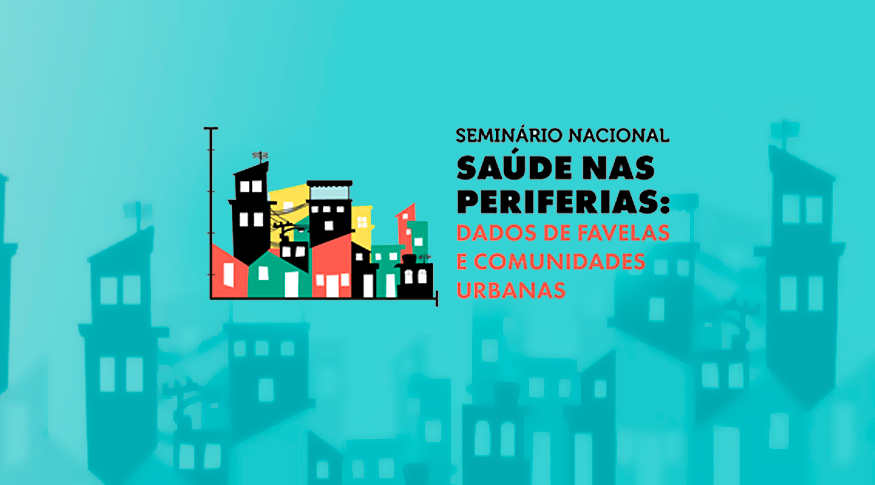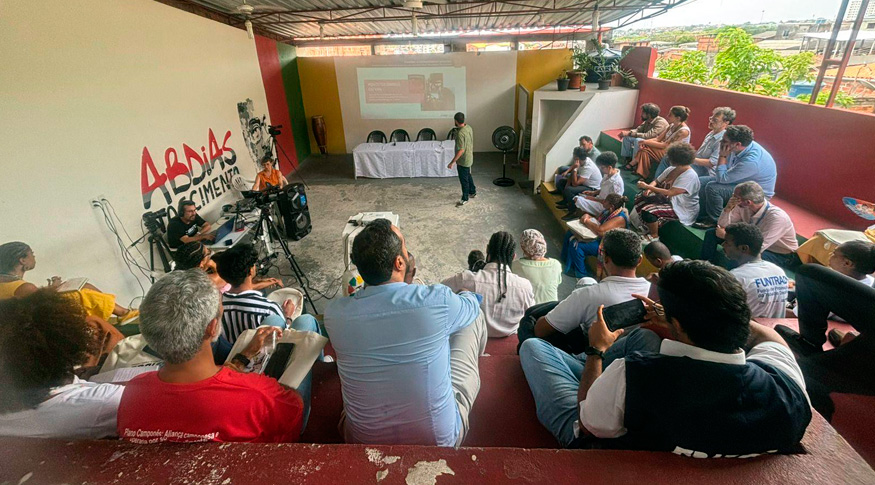Geosciences
IBGE releases database that improves Brazilian Hydrographic representation
September 24, 2021 10h00 AM | Last Updated: September 27, 2021 05h55 PM
Highlights
- IBGE releases two products in partnership with the National Water Agency (ANA): the Brazilian River Basin database (BHB250) and the National Hydrographic Division database (DHN250), both compatible with the 1:250,000 scale;
- DHN250 brings the division of the country's 12 hydrographic regions, its 54 mesoregions and 302 microregions, considering not only the natural borders of the river basins, but also the management of water resources, the use of water and the territory occupation;
- BHB250 covers 5,353 river basins in Brazil, representing the natural boundaries of the relief that define the flow of rainwater to the ocean;
- The methodological precepts used for the preparation of these databases are in the Methodological Reports Series entitled River Basins and Hydrographic Divisions of Brazil.

The IBGE releases today (Septemebr, 24), in partnership with the National Water Agency (ANA), two databases that seek to guide the analysis of water resources in the country: the unprecedented geographic database of River Basins of Brazil ( BHB250) and also the re-discussion of the base of the National Hydrographic Division (DHN250). Vectors, tables and maps are in this link.
All procedures adopted for the preparation of both databases are described in detail in the publication “Methodological Report Series v.48 | River Basins and Hydrographic Divisions of Brazil”, which makes it possible to organize and generate information on the most diverse themes by river basins and hydrographic regions.
The products, compatible with the 1:250,000 scale, present, in a systematic way, the country's hydrographic areas for cross-referencing of information and analysis. “In this sense, the partnership with ANA is fundamental, as it establishes common codes, names and borders. With these common databases, it will be possible to improve the exchange of data between the IBGE and ANA”, explains Mr. André Polly Assumpção, manager of environmental and territorial dynamics at the IBGE. “Society now has an integrated reference set supported by the water regulatory agency and the national statistical institute of Brazil”, he adds.
The database of the National Hydrographic Division details the country's 12 hydrographic regions, established in 2003 by the National Council of Water Resources (CNRH). The product was developed based on ANA's Ottocoded Hydrographic Database (BHO) and adds two more hierarchical levels, with their spatial limits, names and codes. Thus, in addition to the 12 hydrographic macroregions, 54 mesoregions and 302 microregions were also established, which will become part of the Geographical Reference Framework for Production, Analysis and Dissemination of Statistics, released by the IBGE since 2019.
DHN250 divides the Brazilian territory into hydrographic regions, taking into account not only the natural borders of the basins, but other spatial aspects, such as occupation and management of water resources. Hydrographic regions can comprise one or more contiguous river basins with homogeneous natural, social and economic characteristics. “With this level of detail, we can improve data analysis and information produced on water resources, providing elements for the water and sanitation management in each region, as well as for carrying out other studies”, assesses Mr. Assumpção.
The unprecedented BHB250, in turn, makes the main Brazilian river basins available to the public, in the strictest sense of the term, that is, area of the earth's surface delimited by water dividers that captures and drains rainwater through rivers and streams towards a single exit point. “This database focus on the geomorphological aspect concerning the delimitation of its units”, ponders Mr. Assumpção. The study presents information for the general characterization of 5,353 river basins with more than 100 km² that go across the national territory. The database makes it possible to verify the estimated resident population, water availability and estimates of water use by different sectors. “This will greatly contribute to the systematization and dissemination of statistics and indicators related to the different basins in order to improve water planning and management in Brazil”, says Mr. Assumpção. The BHB250 was also produced from ANA's Ottocoded Hydrographic Base (BHO), selecting river basins in five different hierarchical levels – from the smaller basins that supply the larger ones.
The geographic database files made available for download in this release can be manipulated in spatial analysis software, enabling cross-references with several other variables and, thus, resulting in essential water studies for Brazil.
Publications consolidate IBGE's partnership with ANA
The release of the databases of the River Basins of Brazil (BHB250) and of the National Hydrographic Division (DHN250) is another step in the partnership between IBGE and ANA, which has become more effective year after year. “There is extensive collaboration and the Agency has become a partner that has been increasingly strategic and relevant to the institute”, says Ms. Maria Luisa Pimenta, general manager of the environment at the IBGE.
According to Marcus Fuckner, ANA's coordinator of the conjuncture and information management, the combination of technical efforts and experience from both institutions bring profit to society. “ANA is a younger institution, as it is 21 years old, but since the beginning, it has played an important role in producing database and information on Brazilian water resources. Based on the official cartography produced by the IBGE, we were able to advance by delimiting the basins, and producing statistics and data for society to better understand the issue of water resources", he explains, also mentioning the example of the Environmental-Economic Accounting for Water, another joint publication in which IBGE's databases on National Accounts are integrated with ANA's data on water use and stocks.




















